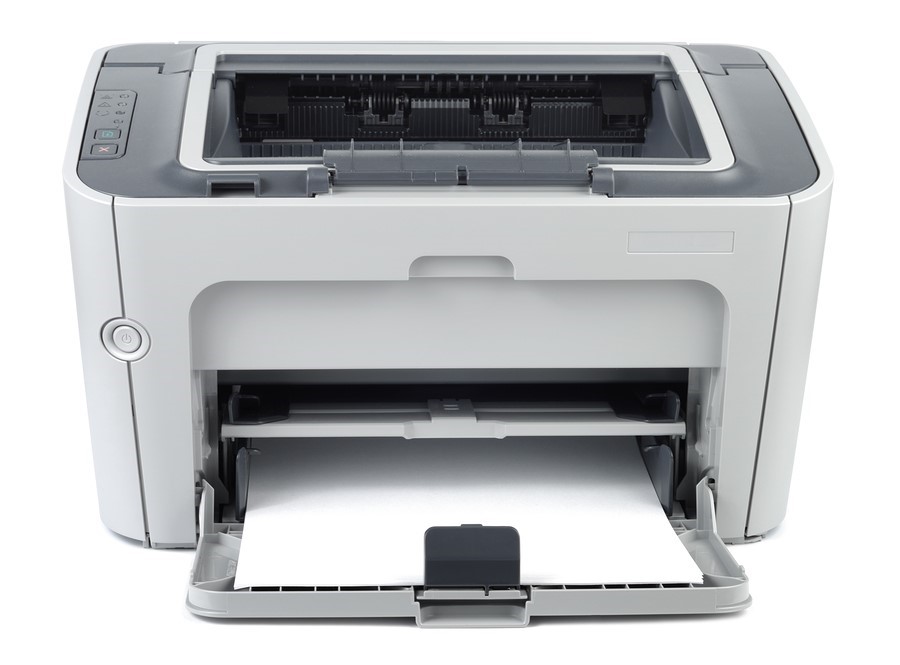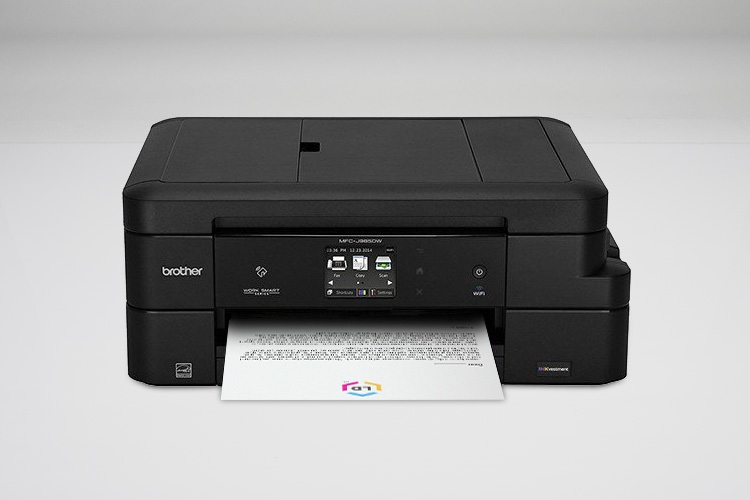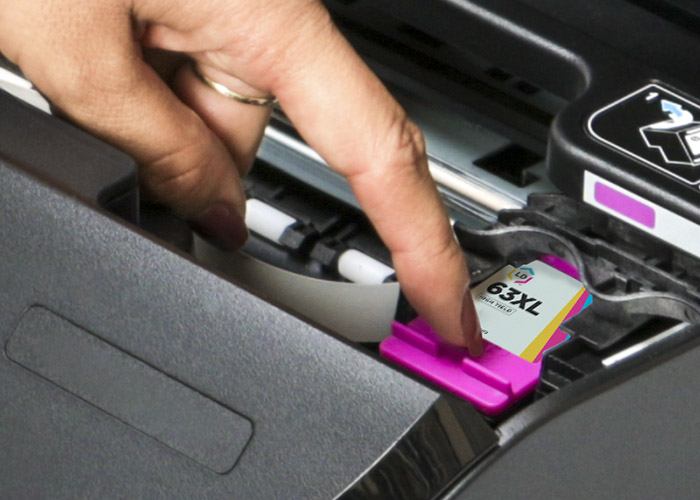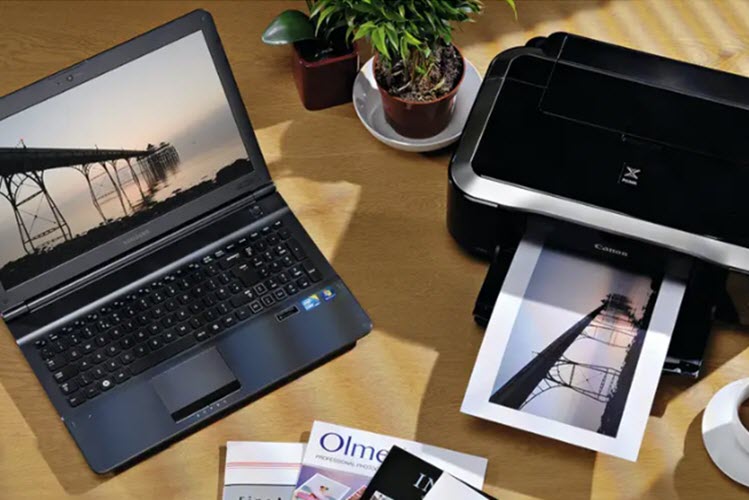Whether you work at an energetic startup with tight margins or some multinational with Fortune 500 credentials, minimizing the amount of paper your department unnecessarily uses will cut into your costs and free up budget room for other things—like Friday morning donuts, for example.
According to data gathered by the Minnesota Office of Environmental Assistance, American office workers use an average of 10,000 sheets of copy paper annually. The EPA estimates that paper and paperboard make up 40 percent of garbage in the US. And while efforts to promote recycling have made great strides, we still have considerable distance to cover.
Minimizing unnecessary and wasteful print is a no brainer (and it’s easier to get started than you imagined). Implementing conscious print procedures will help save money on your overhead costs and help reduce the carbon footprint of your company. Let’s get started!
#1 – Make recycling easy.
Print is inevitable in any office, and not everything you print is something you will store for later use. Copy paper is easy to recycle, but much of it just doesn’t find a way back into circulation because businesses don’t prioritize making recycling easy for workers.
#2 – Copy on both sides of paper.
Set your printers and copiers to use both sides of the page when printing. Doing so instantly cuts the amount of pages used per print job in half. That’s a huge amount over the course of a year or two!
#3 – Reduce document size to fit onto single page.
Reformatting your prints to fit two pages side-by-side on the page cuts the amount of paper you use in half, and if you print front-and-back that’s three sheets of paper saved for every one used.
#4 – Check out the first and last page.
When you print articles from the web, a lot of times the printer isn’t automatically optimized for the page and can include links, headers, et cetera. When your print preview comes up, take a look to see that you aren’t printing something you don’t need. While this may only save a page or two on every other article, over time it will help you minimize the amount of paper waste you are producing right out of the printer. Similarly, articles with extensive comment sections can run several extra pages of print you usually don’t need.
#5 – Lighter weight paper.
Lighter paper requires less wood pulp to produce. That means less material investment going into your paper and less work necessary during the recycling process. Your day to day business needs don’t require heavier paper stock in most cases. In those instances where you need to make an impression with your print quality, you can manually load better paper into the printer. This also helps minimize costs, as lighter weight paper is often less expensive. Bonus!
#6 – Proofread before you print.
Noticing a typo on something you just printed isn’t just frustrating—it’s wasteful. When you preview your print, give each page one final run through to make sure no glaring errors will result in waste.
#7 – Print management software.
Medium-sized and larger offices can benefit greatly by using print management software to help regulate cloud printing and track data. Popular management programs like PaperCut® are expressly designed to limit the amount of paper waste your company uses.
#8 – Set bills to paperless.
Some of the best tips for home apply to your business as well. Utility bills and other regular expenses can be set to paperless, meaning your monthly statements are sent via email rather than billing. Similarly, when paying vendors requesting digital invoices and submitting receipts via email will limit the amount of print your accounting department creates.
#9 – Don’t fax.
Yes, some businesses are still heavily reliant on fax machines in 2016. Fax machines are pretty much emails that use paper—take them out of the equation. If you need to have a fax line active in order to receive communications be sure to stock it with used paper.
#10 – Supply digital readers.
Reading from a computer screen all day causes eye strain, which makes wanting to print out longer documents understandable. However, there are several eReaders on the market designed to mimic the experience of reading text on the printed page, limiting fatigue while you save paper. Many accept PDF format documents and can double as on-the-go storage for important information.
#11 – Eliminate subscriptions.
Subscriptions tend to pile up over time. While some periodicals feature print-only features, many offer up all of their content online for less money. Personally, I get three newspapers sent directly to my Kindle® Fire tablet daily. Over the course of 365 editions, that’s a whole lot of paper I just saved without missing a beat on what’s happening in the news.
#12 – Take notes on scraps.
Why use fresh, new paper to scribble down to-do lists? Use scrap paper from the recycling and to take notes, create lists, or plan out strategy. Hanging a whiteboard or chalkboard can also help minimize the amount of paper you use brainstorming and keeping organized.
#13 – Reduce margins.
Smaller margins on the sides of your pages means less space wasted and fewer pages needed.
#14 – Shred and reuse internal documents.
One great trick for businesses that ship products: use shredded paper to pack goods before sending them out to customers. Not only does this minimize the amount of overhead dedicated to buying bubble wrap and similar packing materials, but it reuses something you otherwise would need to have recycled.
#15 – Buy paper smarter.
Chlorine free paper with as little virgin pulp percentage as possible. Alternative paper? Hemp and bamboo are far more sustainable than the type of trees traditional office paper is derived from.
#16 – Don’t print emails unnecessarily.
You’ve got it right there on your laptop, why are you printing it out too? Some organizations recommend putting a notice in your email signature requesting recipients do not print out the email unnecessarily as a kindly reminder to others to do their part in conserving paper.
#17 – Do a paper audit.
A paper audit is just like any other financial audit—it’s designed to minimize waste and save money. It’s just an added bonus that you also help save the planet in the process. Pinpoint where the majority of your paper waste is coming from and act accordingly.
#18 – And take a minute to do a little research into the products you buy.
Some companies put more emphasis into sustainable practices—like yours!—and rewarding smart conservation-oriented production can double down on your global impact.
The most important thing about reducing your waste is being conscious about how you manage the resources you can control. Reducing total costs opens up budgetary space to buy more recycled products, as well as things like biodegradable plastic cutlery for the office kitchen and a whole lot more.













Great advice! A recycling bin next to the printer or copier is going to go a long way for reducing waste. Making it easy to get rid of that paper without being wasteful is a good start.
I love your tip about checking out the first and last page to make sure that you don’t print something that you don’t need. My husband and I are looking for a copier that will allow us to make copies of any important documents whenever we need. We will keep these tips in mind when searching for a professional to buy from.